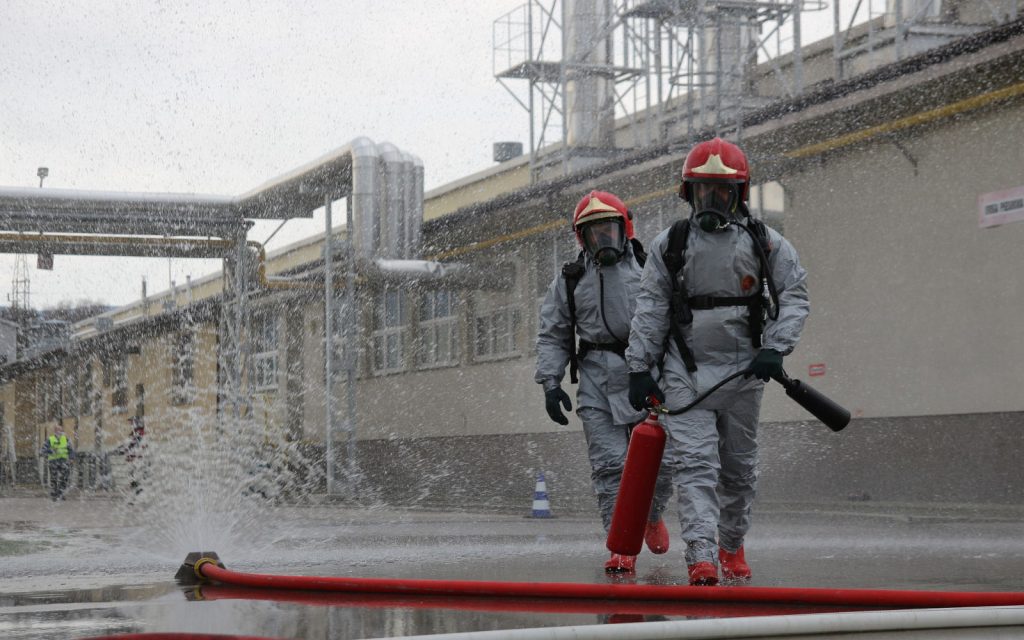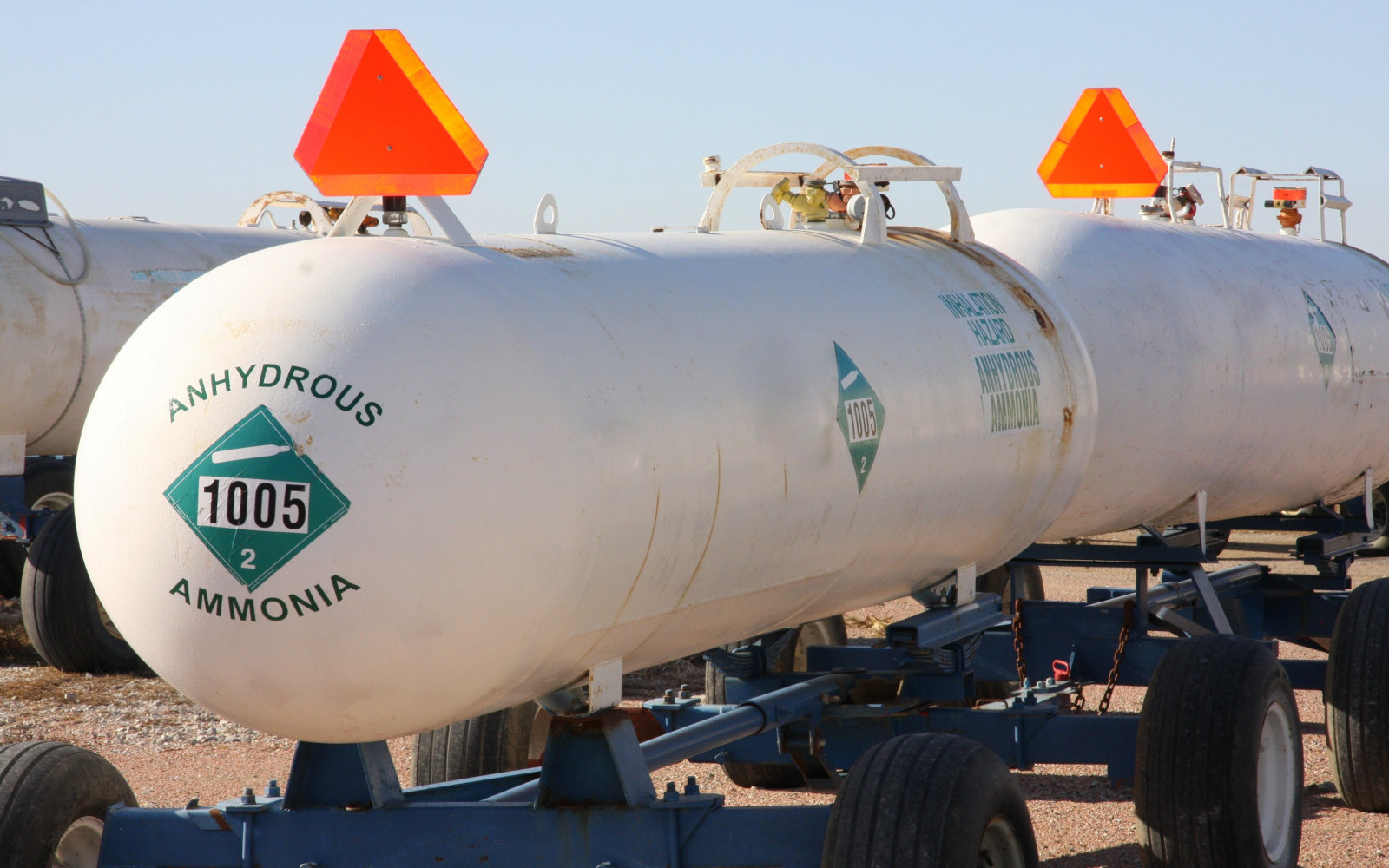Ammonia (NH3) is a widely used industrial chemical, valued for its versatility across various sectors. However, it poses significant hazards if accidentally released into the environment.
This article delves into the potential dangers of ammonia gas leaks, the industries commonly dealing with this gas, safety precautions, and best practices for handling such incidents. The goal is to educate safety managers, industrial hygienists, plant managers, and other professionals on mitigating risks associated with ammonia.
Common Industrial Uses of Ammonia Gas
Ammonia is primarily used in the agriculture industry for the production of fertilizers, accounting for approximately 80% of its use in the United States. Its other significant applications include:
- Refrigeration Systems: Ammonia is a popular coolant in large-scale refrigeration systems, particularly in food processing and cold storage facilities.
- Beverage Bottling: Used for carbonation and pH control.
- Meatpacking: Utilized for cleaning and preserving.
- Dairies and Creameries: Employed in cooling systems and product processing.
- Chemical Production: As a precursor for various chemicals and products.
- Pharmaceuticals and Cosmetics: Involved in the synthesis of certain drugs and beauty products.
- Oil Production: Used in enhanced oil recovery processes.
Despite its widespread use, ammonia is hazardous to humans and the environment, necessitating comprehensive safety measures.
The Hazards of Ammonia Gas
Ammonia is a colorless gas with a sharp, pungent odor. Exposure to it can lead to severe health issues, including:
- Respiratory Irritation: Inhalation can cause coughing, shortness of breath, and potentially severe respiratory distress.
- Eye Irritation and Damage: Eye contact can result in burning sensations and, in severe cases, corneal burns and permanent damage.
- Skin Burns and Irritation: Direct contact with ammonia can lead to chemical burns and dermatitis.
- Toxicity: High concentrations can affect the central nervous system, leading to dizziness, nausea, and even fatal exposure.
Exposure Limits and Regulations

Various organizations have established exposure limits to protect workers from the dangers of ammonia:
· OSHA (Occupational Safety and Health Administration):
-
- PEL (Permissible Exposure Limit): 25 ppm (8-hour TWA)
- STEL (Short-Term Exposure Limit): 35 ppm (15-minute TWA)
· NIOSH (National Institute for Occupational Safety and Health):
-
- REL (Recommended Exposure Limit): 25 ppm (10-hour TWA)
- IDLH (Immediately Dangerous to Life or Health): 300 ppm
· CCOHS (Canadian Centre for Occupational Health and Safety):
-
- 8-hour TWA: 25 ppm
- STEL: 35 ppm
Safety Measures and Best Practices
Implementing a robust safety protocol is crucial for preventing and mitigating the effects of ammonia leaks. Key safety measures include:
1. Fixed Gas Detection Systems:
-
- Early Detection and Warning: Continuous monitoring for ammonia can provide early alerts, enabling swift response and containment.
- System Integration and Data Logging: Integration with other safety systems and data logging capabilities for post-incident analysis.
- Compliance with Regulations: Helps ensure adherence to safety standards and regulations.
2. Personal Protective Equipment (PPE):
-
- Proper PPE, including gas masks, goggles, gloves, and full-body suits, is essential for protecting workers from exposure.
3. Ventilation Systems:
-
- Effective ventilation can disperse leaked gas, reducing the risk of high-concentration exposure.
4. Emergency Response Plans:
-
- Well-defined emergency procedures, including evacuation routes and first aid measures, are critical for ensuring safety during a leak.
5. Training Programs:
-
- Regular training and drills ensure that all personnel are familiar with safety protocols and emergency response procedures.
Understanding the dangers associated with ammonia gas leaks and implementing stringent safety measures is vital for protecting workers and the environment.
Industries using ammonia must invest in comprehensive safety systems, including fixed gas detection, PPE, ventilation, and emergency response plans. By adhering to best practices and staying vigilant, organizations can minimize the risks and ensure a safer working environment.
For more information on setting up a comprehensive ammonia safety plan, including details on the Accusafe and GasD 8000 detection systems, please reach out to us and request a quote today.


